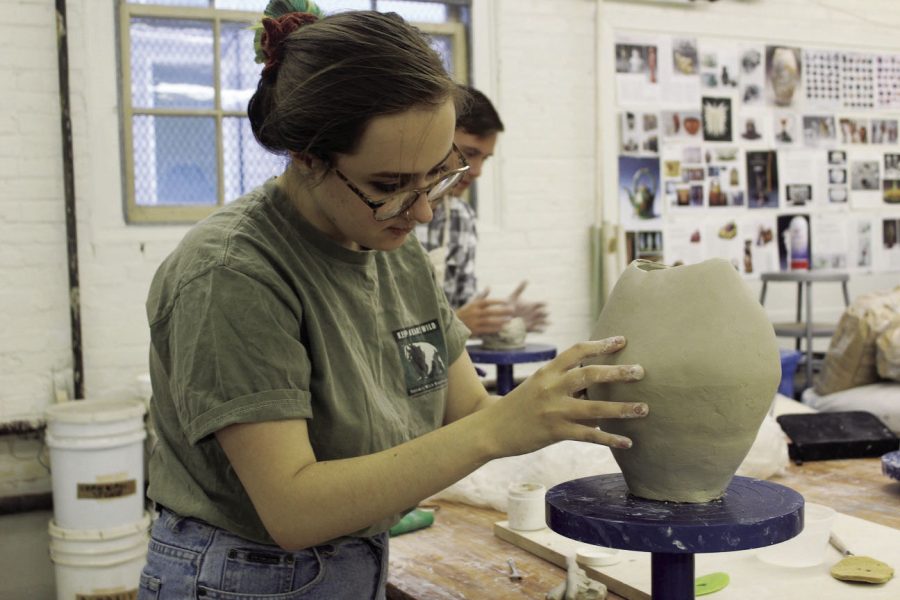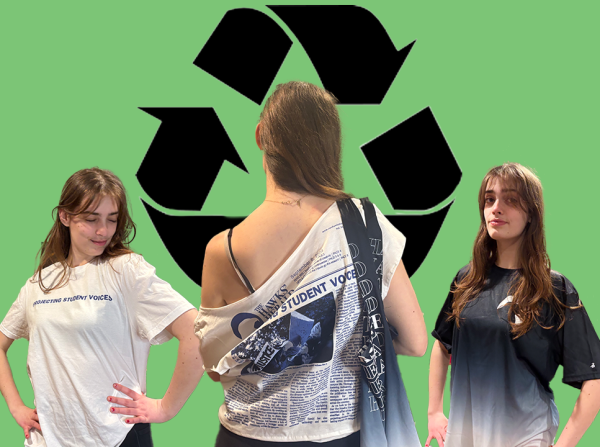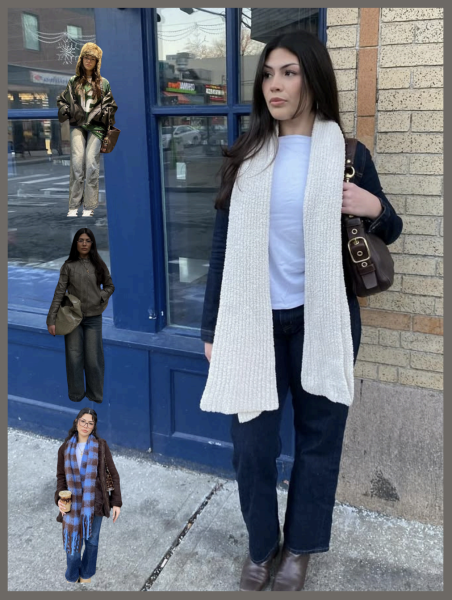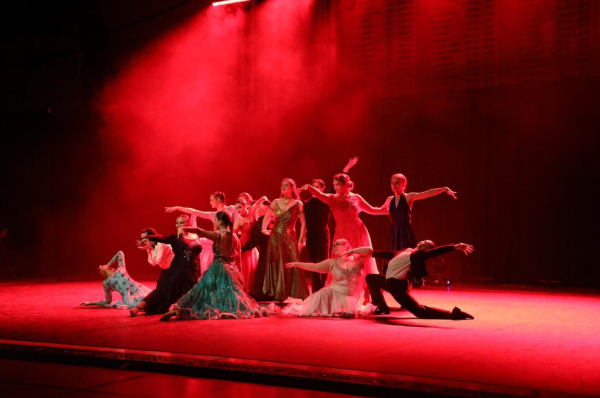Clay Studio Courses
Jenna Webb
Herald Contributor
In the refurbished cafeteria basement of the Reynolds School in Bristol, a new clay studio has been established and will now be used to allow for a new means of expressing creativity in the RWU Visual Arts Studies curriculum.
Attempts have been made in the past to add this studio course to campus, but with this new classroom, and visual arts professor Nermin Kura at the helm, it seems this studio course could be around to stay.
All of the clay studio equipment was purchased from the well-known studio Roseberry-Winn Pottery & Tile based out of Fall River, Massachusetts and Tiverton, Rhode Island. Sadly, the Roseberry-Winn studio has been closed since 2012, after the death of artist and co-owner Bruce Winn. Bruce was once featured in The New York Times, and his artwork can be found among collections at the Museum of Fine Arts in Boston, the Stockholm Royal Palace, and the Newark Museum. With all the furnishings such as kilns and shelving coming from them, it’s a promise that their legacy will be continued.
The course teaches some standard sculpture methods such as coil building, slab molding, draping, and pinch molding, but the main mission of the course is to teach students to work with their hands. One of the requirements for the course is to keep a sketchbook, and while students are given some project guidelines to follow, most of the semester is spent working on their own projects with the creative freedom to follow their own inspirations.
“I used to take classes like this back in high school, so I jumped at the opportunity to take this course,” said senior Monica Manngard. As a psychology major, she added a visual arts minor so she could continue with her passion. “There’s just something about this medium that inspires me. Anytime I hug the [pottery] wheel, it feels like home.”
The studio is meant for clay work only, as clay needs to be in a separate area from other art materials such as plaster or wood shavings. Along with the equipment, air purifiers have been installed to help keep the dust from the clay under control, and the original cafeteria sinks have been fixed up with clay traps.
The fall semester was the first time the course was offered, and now there is potential for future collaborations with other majors on campus such as engineering, architecture, and more.
The professor leading the class, Nermin Kura, has been teaching sculpture for years, but always looked for ways to bring this medium to campus. After raising the funds to purchase the equipment, Nermin now leads the class through projects, but always encourages students to nurture their creativity. Students from all majors on campus are welcome to the class, even if it is for an open elective.
“I really think everyone should try to take this class, even if they think they’re not very good,” said Jennifer Vanderheyden, a sophomore art history major. “I think it’s important to have an understanding of the artistic process, especially when you’re in my major. But clay is also just an incredible stress reliever. It’s so amazing to see something in your head come to life.”






